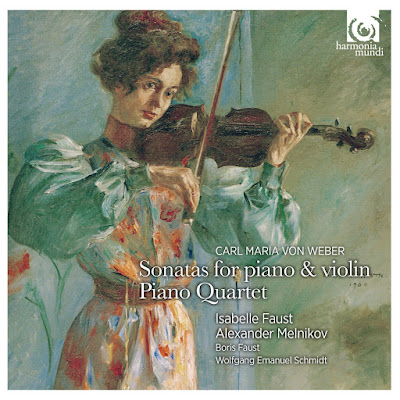 Heinz Holliger's brilliance as an oboist has long tended to overshadow
his achievements as a composer, so it is all the more important to
declare that the Scardanelli Cycle is a major work by one of the most prodigiously gifted musicians of our time.
Heinz Holliger's brilliance as an oboist has long tended to overshadow
his achievements as a composer, so it is all the more important to
declare that the Scardanelli Cycle is a major work by one of the most prodigiously gifted musicians of our time.Scardanelli is one of the names with which Holderlin signed the poems of his madness. The poems, named after the seasons, are not in themselves crazy, but they are obsessive, and it is their search for intensity of expression through economy of materials which Holliger has so imaginatively matched. As a committed modernist of the electro-acoustic generation he knows how to explore the complex components of apparently simple sounds, and the insert-notes miss the point with their talk of subversion and denial. At his best Holliger achieves a refined expressiveness whose inherent instability is eloquently reinforced as his textures fine down to microtonal oscillations. At his best, too, he attains a poised gravity worthy of the texts.
The Holderlin settings—The Seasons—are interspersed with various instrumental pieces: Scardanelli Exercises for small orchestra: (t)air(e) for flute: excerpts from Tower Music for flute, orchestra and tape: and—the most recent composition—Ostinato funebre for orchestra. Not all of this is on the highest level. The pieces with flute don't steer clear of some rather routine modernist gestures, although these are countered by more searching, more personal melodic writing. Also, to my ears the use of extended vocal techniques in the later choral movements allows delicacy of colour to shade into muddiness: the very last movement suffers in this respect, although without seriously undermining the impact of the work as a whole.
The performance brings together Terry Edwards's outstanding team of British singers, the leading German contemporary music ensemble, and the formidably versatile Aurele Nicolet, with superb results. The recording achieves an excellent balance between clarity and atmosphere, reinforcing the definitive status of this presentation of a work which by its very nature will not often be heard in the concert-hall.' (Arnold Whittall / Gramophone)













































